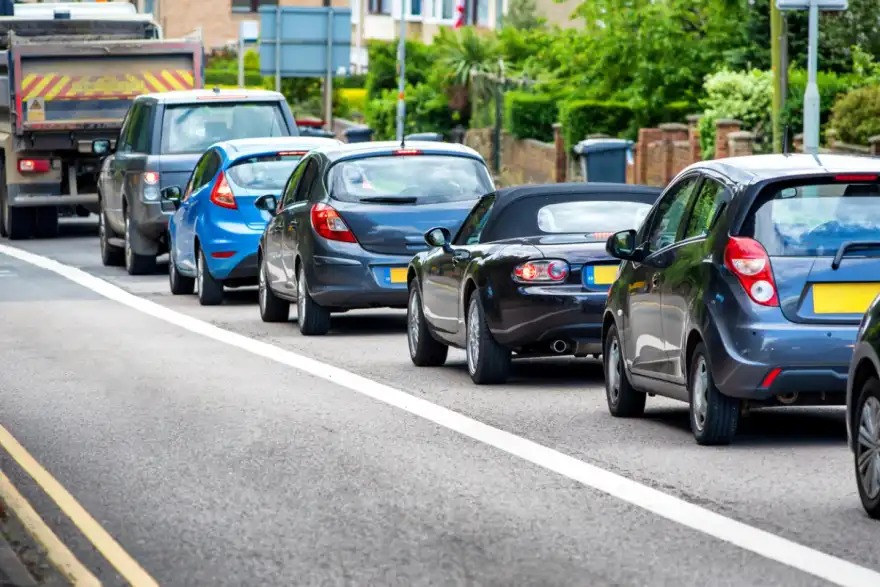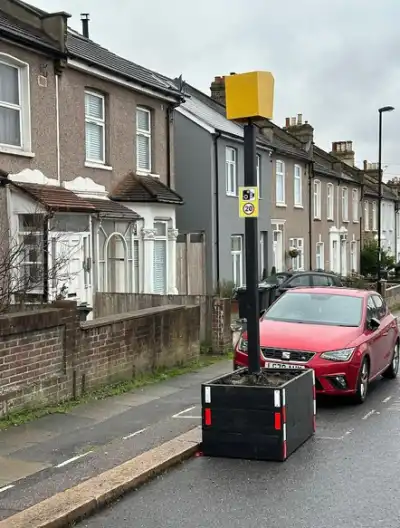
New Government guidance, quietly published last week, says the long-standing standard lane width of 12ft is no longer suitable because it can put cyclists at risk. Instead, local roads should either be narrowed to around 10ft 8in or widened to at least 12ft 10in - though many believe space limits in towns mean narrowing is far more likely.
According to the guidance, narrower lanes make it obvious to drivers that there isn’t enough room to safely overtake a cyclist, while also encouraging cyclists to ride more centrally. The rules have been created by Active Travel England (ATE) and will influence billions of pounds’ worth of future road projects. Councils that ignore them could risk losing funding.
Motoring groups have reacted angrily, warning that narrower lanes will slow traffic further, worsen congestion and increase tensions between drivers and cyclists. Brian Gregory, from the Alliance of British Drivers, said the changes would push everyone down to cycling speeds, calling the idea “completely stupid”. FairFuelUK’s Howard Cox added that shrinking already busy roads for “a small minority” of users makes no economic sense and will only cause more frustration.
Even the AA’s president, Edmund King - who is also a cyclist - said it’s unrealistic to expect wide-scale changes to road widths across the UK, where streets have developed over centuries and often can’t be redesigned so easily.
ATE’s recommendations follow the 2022 Highway Code update, which told drivers to leave at least 5ft of space when overtaking cyclists. The agency, led by former Olympic cyclist Chris Boardman, argues that standard 12ft lanes tempt drivers to squeeze past when it isn’t safe. Lanes wider than 12ft 10in are better, but may still not leave enough space. Lanes narrower than 10ft 8in, however, make it clear that overtaking isn’t an option.
Although not legally binding, the guidance is seen as best practice and councils are expected to follow it.
The Department for Transport insists the idea of a “war on motorists” is untrue, stressing that lane widths have never been legally fixed. A spokesperson said the Government remains committed to supporting drivers, highlighting hundreds of millions of pounds invested in road maintenance and improvements over the past year.



